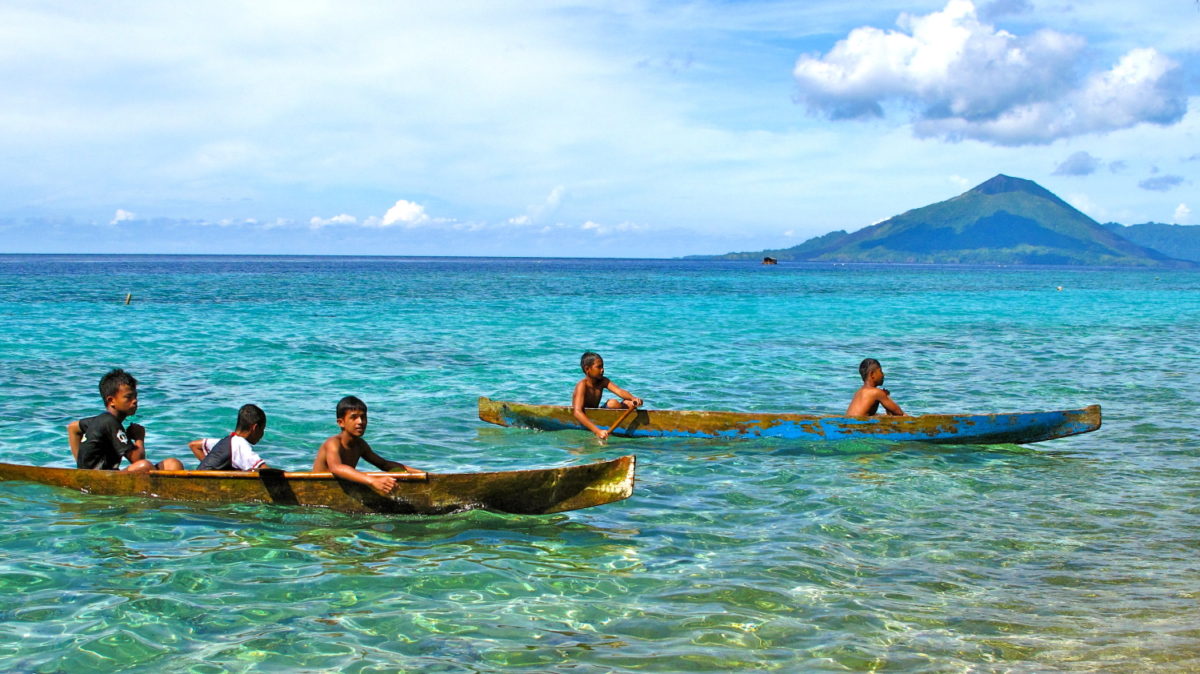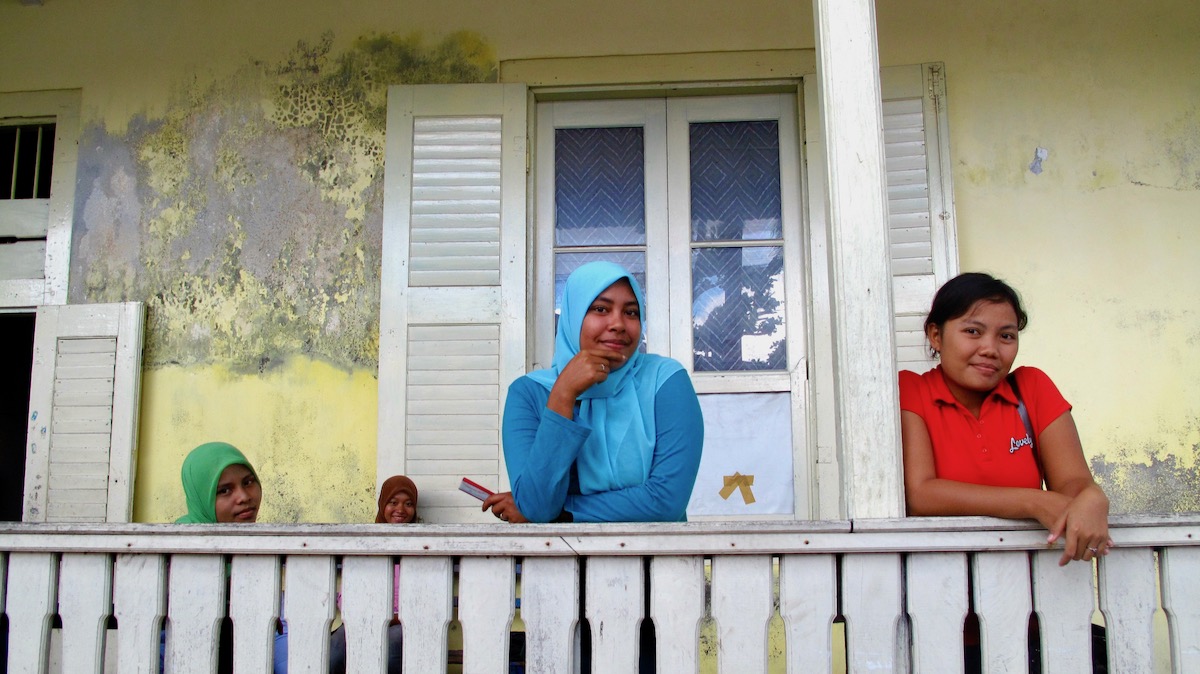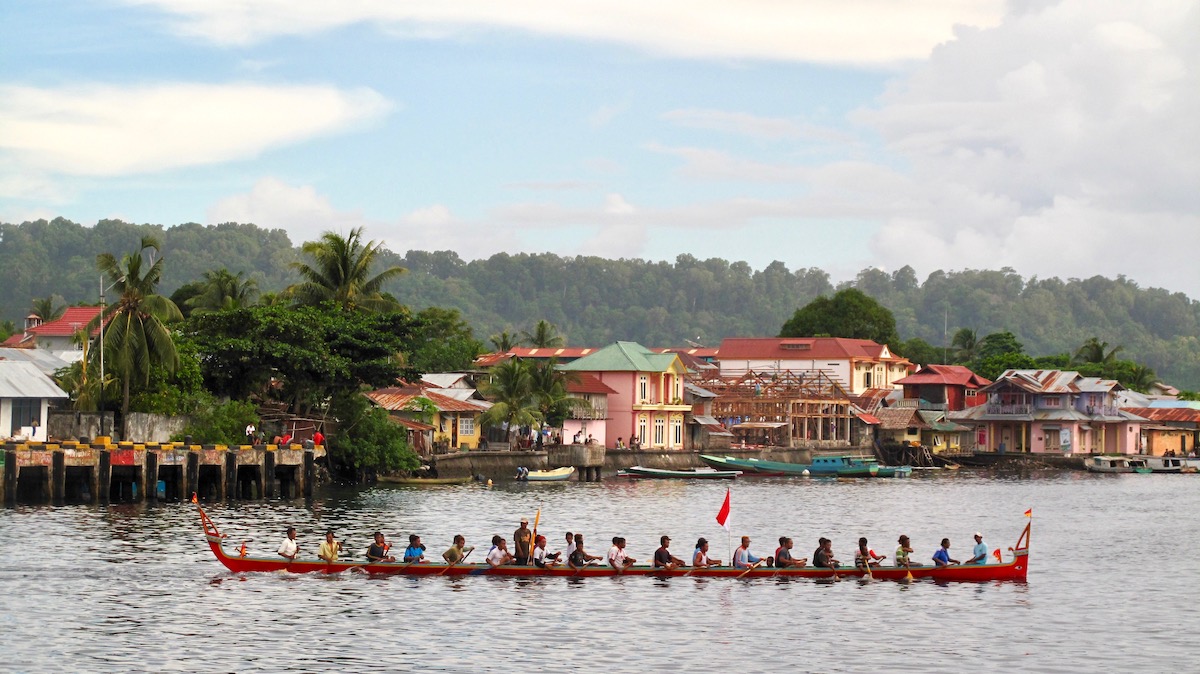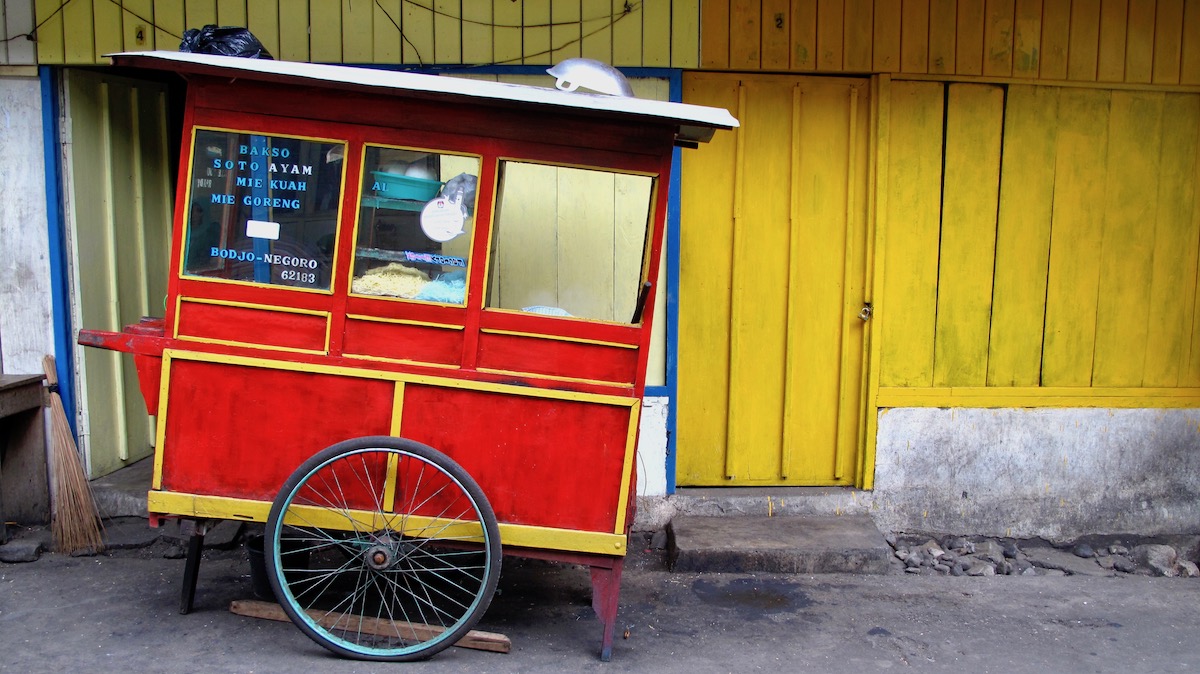Banda in a Nutshell
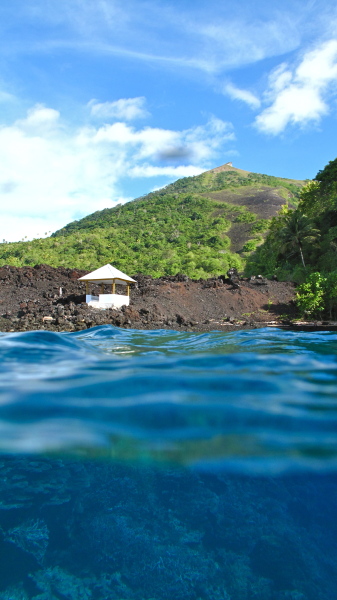 The Indonesian edition of “Lonely Planet” introduces this country as “big, cheap, rough and effortless.” By effortless we assume they mean that is effortlessly beautiful; because there is nothing effortless about getting to the archipelago’s fabled spice islands: the Banda Islands.
The Indonesian edition of “Lonely Planet” introduces this country as “big, cheap, rough and effortless.” By effortless we assume they mean that is effortlessly beautiful; because there is nothing effortless about getting to the archipelago’s fabled spice islands: the Banda Islands.
In April 2010, a local scuba diving community, Forum Selam, successfully organized the first Banda Underwater Photo Rally Competition 2010. This week-long event was held in conjunction with Indonesia’s largest marine event, Sail Banda 2010, fully endorsed by the Maluku Regional Government, Maluku Tourism Board and major general M Noer Muis.
As project officer of the competition and moderator of Forum Selam, I was granted a front row seat on a very special voyage to the Banda Islands, travelling with the ever-gracious, adventurous and amicable major general Muis on his spacious KM Siwalima boat.
A Spicy Sojourn
A cluster of small islands of historical and cultural importance lies between Sulawesi and Papua in the heart of the Maluku Islands, promising chilling memories of Dutch-colonial-era violence, enchanting tales of its lucrative spices (nutmeg, mace, and cloves), and hidden secrets in its abandoned ruins. Exceptional natural beauty, fascinating geological processes and some of the world’s most biologically diverse marine life characterize the Banda Islands.
In the Elizabethan times, nutmeg (the nut from the nutmeg tree) and mace (the dried lacy scarlet aril) were highly regarded by the Europeans for their flavours, and also their preservative and medical qualities. Arab merchants endured arduous caravan routes through India and the Persian Gulf in search of pala (nutmeg), believed to be a cure for the epidemic Black Death in medieval Europe, resulting in huge demands and skyrocketing prices.
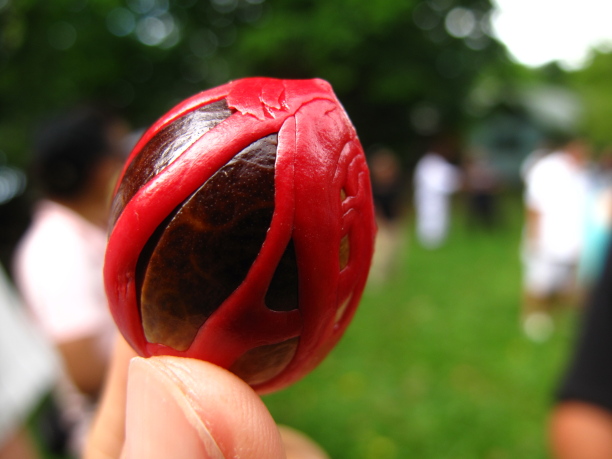 For What It’s Worth
For What It’s Worth
-
Nutmeg contains hallucinogens and shares a common chemical ingredient with ecstasy, a rave drug.
-
Historically used as a hypnotic medicine, today nutmeg and mace are used mostly in baking recipes, sauces and liqueurs.
-
Excessive nutmeg usage can cause clinical intoxication. Symptoms include nausea, vomiting, dizziness, anxiety, headaches, hallucinations, and irrational behaviour.
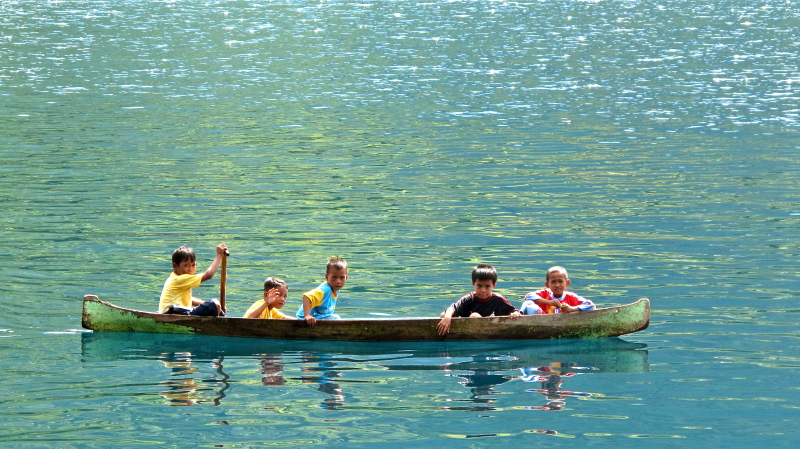
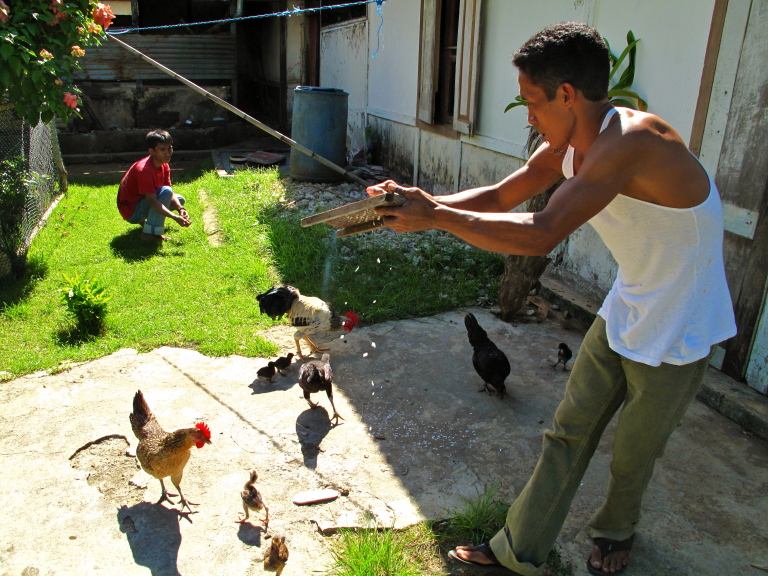 The Barbaric Invasions
The Barbaric Invasions
Formerly native only to the Banda Islands, the source of these prized spices was kept a secret from the Europeans until the Portuguese arrival on the Spice Islands in 1512. When they failed to dominate the spice trade, the Dutch and the British quickly tried to jump on the boat, resulting in prolonged struggles to control the Bandas, leaving behind remnants of their violent military campaigns in the forms of eerie fortresses, loosely scattered cannons, countless wartime relics, and colonial-style mansions adorned with VOC (Dutch East Indies) symbols.
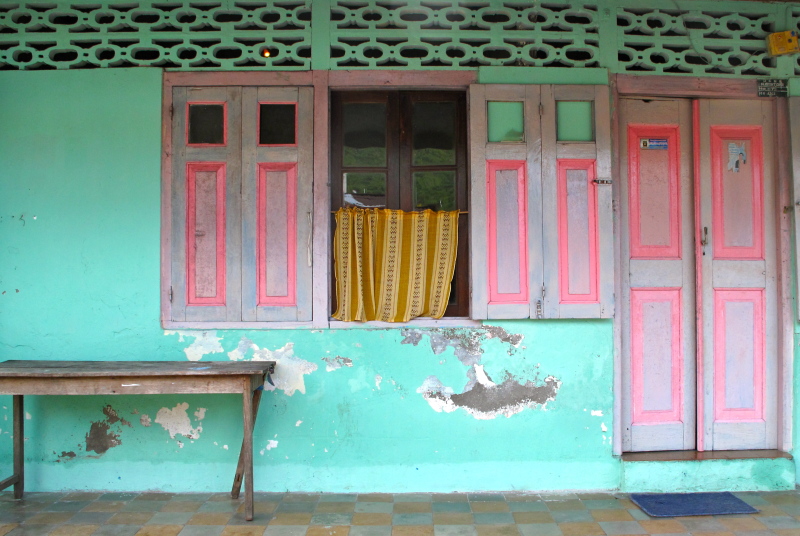
A Boy from Banda Turned King of Banda
For some celebrity shoulder-rubbing, it’s best to loiter in Hotel Maulana, Banda Neira’s most “luxurious” (two stars at best) residence, boasting impressive A-listers, such as the late Princess Diana, Mick Jagger, Jacques Cousteau, and Bali’s own Dr Lawrence Blair of the book “Ring of Fire”.
A trip to Banda will only be complete if one’s lucky enough to meet Bapak Des Alwi, the 80-year-young King of Banda; an influential pioneer, entrepreneur, writer – he recently published a memoir called “A Boy from Banda: A History of Spice Island Childhood” – and a passionate philanthropist whose foundation aims to preserve Banda’s natural and cultural heritage. A conversation with Pak Des, who is also the grandson of Said Tjong Baadilla, the legendary Pearl King of the East Indies, is time well spent in Banda.
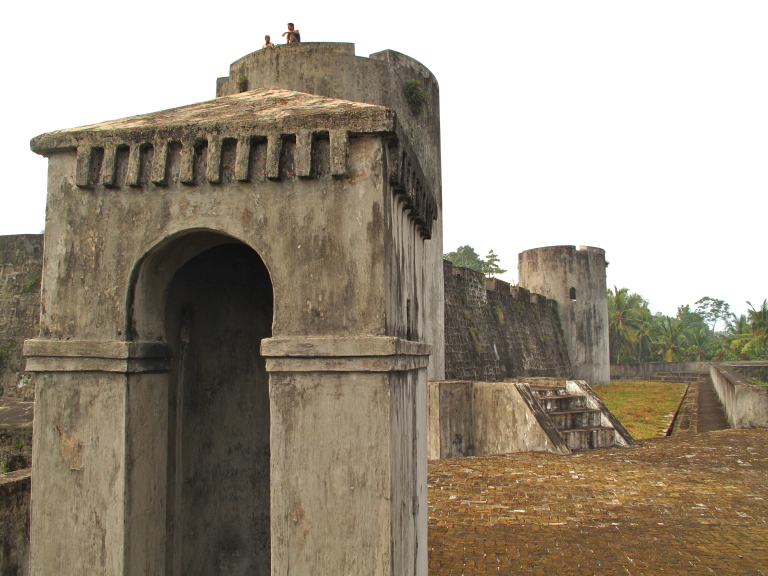 Banished to Banda
Banished to Banda
Banda Neira, the islands’ main port and administrative capital, is best explored on foot. This charming, laid-back town is perfect for getting lost in. You may also hire a becak (Indonesian rickshaw) or ojek (motorcycle taxi) to take you around. I imagine Brad and Barry Klinge, Discovery Channel’s “Ghost Lab” brothers, will have a field day with the numerous spooky historical sites scattered all over Banda Neira.
Highlights
-
Upgrade your cultural and historical knowledge of Indonesia at Rumah Budaya (a museum) and 1820s Istana Mini (the VOC Governor’s Residence); the latter houses a rusty statue of Dutch King Willem III.
-
Learn what it was like to live in exile in the homes of anti-Dutch nationalist leaders Mohammad Hatta (Rumah Pengasingan Bung Hatta) and Sultan Syahrir (Rumah Pengasingan Bung Syahrir).
-
Spot gorgeous mansions once owned by perkeniers (Dutch planters) on Jl. Gereja Tua and observe the antique tomb-stoned floors of Gereja Tua, a restored 1852 Catholic church.
-
Cheer on the participants of pertandingan kora-kora (traditional Maluku boat races held in December) as they paddle furiously through the deep waters between Gunung Api and Banda Neira. Kora-kora is Maluku’s trademark canoe, shaped like a Chinese dragon boat, used in trade and war during the colonial periods. For the rest of the year, kora-kora demonstration can be arranged from your local hotel.
-
At sunrise or sunset, head to the hilltop Benteng Belgica (Fort Belgica), a massive five-pointed star-shaped extensively restored Dutch fortress named after governor general Pieter Both’s native Flanders. Local children love to play hide-and-seek in the passages and bastions of this majestic fort, which was recently added to the UNESCO World Heritage Tentative Lists.
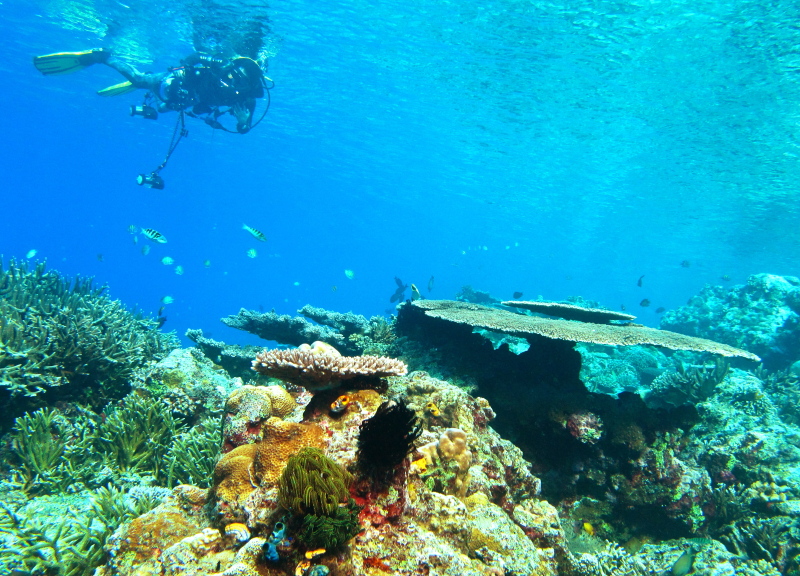
-
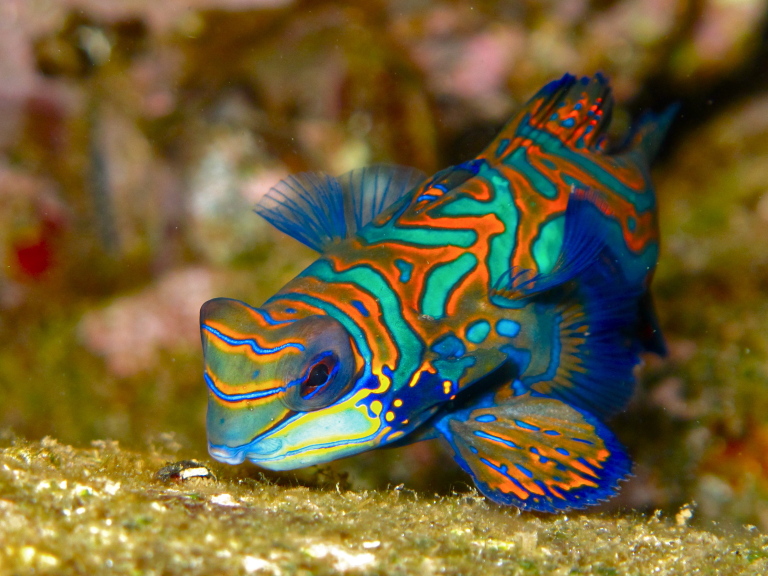 Visit the Spanciby Nutmeg Plantation in Bandas’ largest island, Pulau Banda Besar, and learn how to slice open a nutmeg fruit with a parang (cutlass) from a caretaker.
Visit the Spanciby Nutmeg Plantation in Bandas’ largest island, Pulau Banda Besar, and learn how to slice open a nutmeg fruit with a parang (cutlass) from a caretaker. -
Climb the fertile volcanic slopes of the 666-metre Gunung Api – last erupted in 1988 – before sunrise for stunning daybreak views of Banda Neira and Banda Besar.
-
Sun-worshippers must hop to Hatta, Ai, and Neilaka islands for stretches of pristine beaches and world-class snorkelling. Bear in mind that amenities and facilities are limited to primitive guesthouses, solar-powered electricity, and rainwater.
-
In the 17th century, Pulau Run’s nutmeg trees were destroyed by the Dutch, rendering it worthless to the English, and leading to the eventual exchange with Holland of a North American island of equal disvalue in 1667 – an amusing fact considering that island is now known as Manhattan, New York.
Underwater Beauty
The potential of discovering virgin dive sites in the Banda Islands is enormous. Those closer to populated islands show evidence of human activities and impacts; garbage floating offshore, fishing nets entangled in corals, fish choking on plastic and a declining marine population due to over fishing. Make diving arrangements with the islands’ only dive operator, Spice Island Divers, but bring your own scuba gear for peace of mind. Collect any trash you see and put it in your BCD pockets for later disposal.
Highlights
-
Snorkel the waters in front of Hotel Maulana – appropriately dubbed “Mandarin City” – for encounters with the Bandas’ mascot and every underwater photographer’s dream: the playful, kaleidoscopic Mandarinfish. Watch out for the abundant sea urchins and try not to swallow the garbage-infested water.
-
Expect beautiful white beaches, great visibility and photogenic corals in Pulau Hatta, especially in Tanjung Seram.
-
Beware of sweeping currents in Pulau Run’s spectacular drop-offs.
-
The lava flow below Gunung Api makes for a dramatic dive, encompassing healthy hard corals patrolled by schooling bumphead parrotfish.
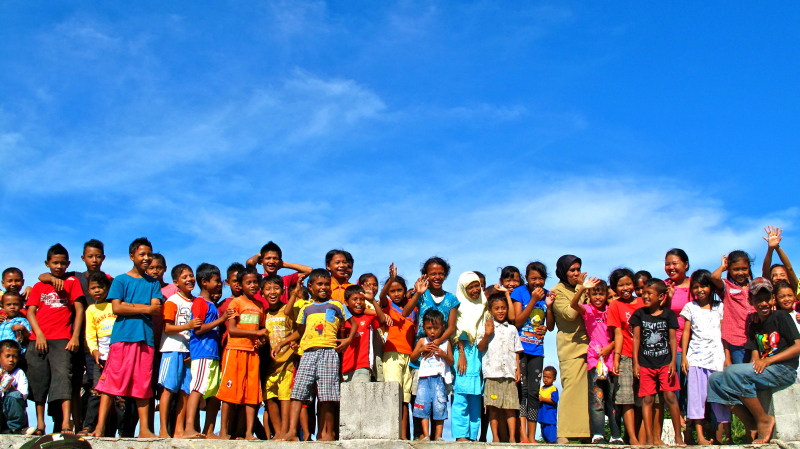 The Banda Islands offer a unique opportunity to delve into history and embark on the trip of a lifetime. These peaceful islands hold the promise of returning to their former glory, this time not only for their spices but for the intriguing historical lands and captivating underwater beauty. It is our utmost duty as residents of Indonesia to promote sustainable tourism and help the local community in this magical region. Remember to take only pictures, leave only bubbles and kill only time.
The Banda Islands offer a unique opportunity to delve into history and embark on the trip of a lifetime. These peaceful islands hold the promise of returning to their former glory, this time not only for their spices but for the intriguing historical lands and captivating underwater beauty. It is our utmost duty as residents of Indonesia to promote sustainable tourism and help the local community in this magical region. Remember to take only pictures, leave only bubbles and kill only time.
Getting there
The closest airports with connections to Ambon are Jakarta, Makassar and Denpasar. Airlines serving Ambon from Jakarta and Bali include Garuda Indonesia and Lion Air. From Ambon catch a PELNI ferry to Banda.
Accommodations in Banda Neira
Hotel Maulana
T: 0910 21022
themaulana.com
Delfika Guesthouse
T: 0910 21027
delfikaguesthouse.wixsite.com/delfika
Weather permitting
The best time to visit the Banda Islands is from September to April, for calm seas and ocean sightings.
Notes:
This article was first published in Hello Bali magazine – September 2010.
Photos by Meliana Salim.

